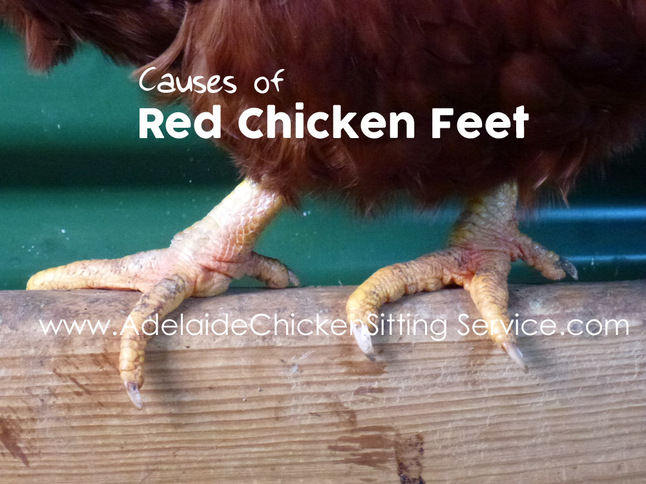Kaesi2020
Songster
Hi all, we have our first cold and snowy day here in upstate NY. Temps are in the 30s and half an inch of snow fell. My 8 month old BO's feet are shaking at times. Could this be from the cold? Is this worrisome? She seems OK otherwise, just nervous about the snow. She seems like a cold hearty breed, she is nice and puffy and healthy otherwise. Is this shaking typical? She has access to dry coop, dry run space under coop, and a run that had some snow but I covered with new pine shavings.









